cats). Travis ran the Iditarod for the first time last year, and his enthusiasm and fresh insight into what he learned as a rookie are contagious. Seeing Travis’ sled and the provisions it carried last year helps us to envision his experience.
doesn’t count toward the competition’s race time. This start is a warm-up, with the official race beginning at an isolated restart point a few hours away.) The race starts on the first Saturday in March. Average race length is between 9 and 12 days – a LONG time in my mind when I hear about the lack of sleep, the weather, the dark . . . Mushers and dogs have to be very tough and tenacious. The Iditarod Trail has been used for centuries by natives as a link between villages, and was used during the 1920’s gold rush, but the first Iditarod race was run in 1967, and was only about 27 miles long at that time. The first full-length race took place in 1973.
Travis illustrates how he takes boots on and off the dogs and how he puts jackets on the dogs with hand warmers inserted (like those we use in our ski gloves). We think about doing this for 16 dogs after little or no sleep in days, in sub-zero weather and mostly in the dark since days are very short in March when the Iditarod is run.
The Iditarod rules require one mandatory 24 hour stop at any rest stop, with the location at the musher’s discretion, one eight hour rest stop at any checkpoint on the Yukon River, and another eight hour stop at White Mountain, the last stop before the finish line in Nome. Travis explains that an eight-hour rest stop is far from eight hours of sleep. Time must be spent checking and taking care of the dogs, organizing supplies and other maintenance priorities. Sleep is a rare commodity on this dog sled race.
Provisions are sent ahead to stops so only about one day’s provisions are required to be carried on the sled itself, in addition to a heavy sleeping bag, an arctic parka, snowshoes, an ax, food for the musher, and boots for each dog’s feet to protect against hard packed snow and ice. Much of the weight carried is dog food, since the dogs burn a lot of calories and need to eat often and in large quantity. The dogs are smaller than I’d anticipated, but Travis compares them to marathon runners – who aren’t generally built like football players. These dogs are faster than a horse and pound for pound, can pull about twice as much weight as a horse.
food is used by the locals in small villages. Without this dog food, natives in these villages might have difficulty keeping dogs.
Dogs are implanted with trackable microchips as well as collar tags, but if a musher falls off (a possibility since they’ve had very little sleep) – s/he’d be left with no GPS for the musher to be tracked. Because of this risk, mushers ALWAYS hang onto the sled & the dogs.
Travis helps us to envision the children and people of native villages running up to the dogs in greeting as they pass through or take one of their stops. It’s important that the dogs are comfortable with people so this doesn’t stress them. One of the ways Travis trains his dogs to enjoy people is by having guests, like us, handle the puppies and the dogs. The puppies are adorable.
IF YOU GO:
Contact: www.TurningHeadsKennel.com
Phone: (907)-362-4354
Summer 1 ½ hour tours available at 9:00, 10:30, 12:00, 2:00, 4:00 & 6:30. Call to reserve and to confirm times. $59/Adult; $29/Children under 12
Winter Tours – 3 hours including kennel tour and ride through Kenai Fjords National Park. $249/person
Helicopter Mushing from Mid-May through Early September $449/person
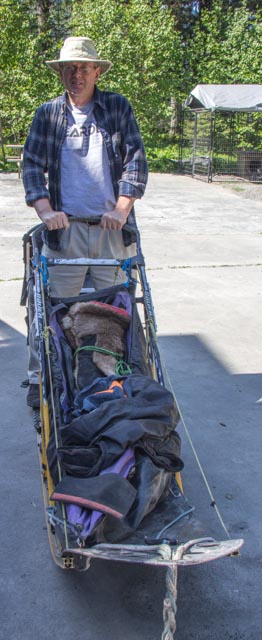
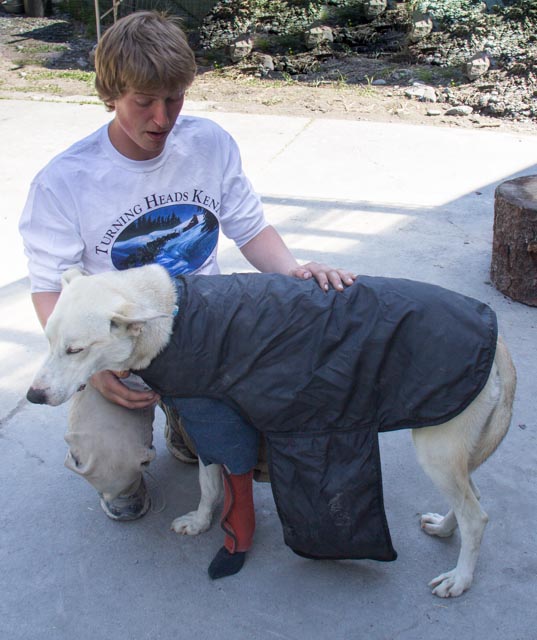
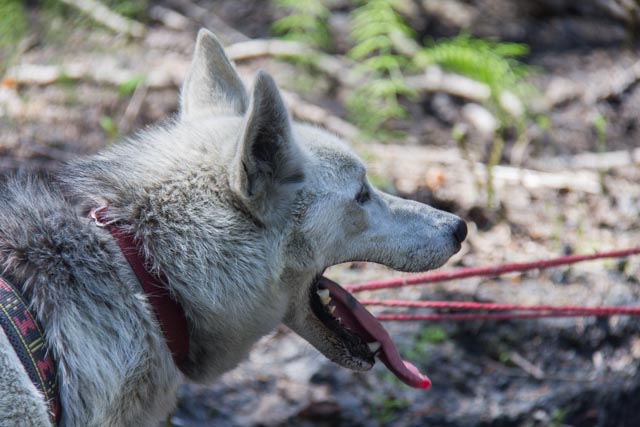
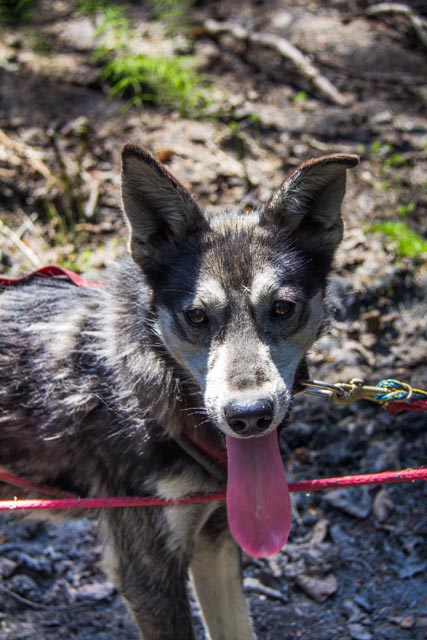
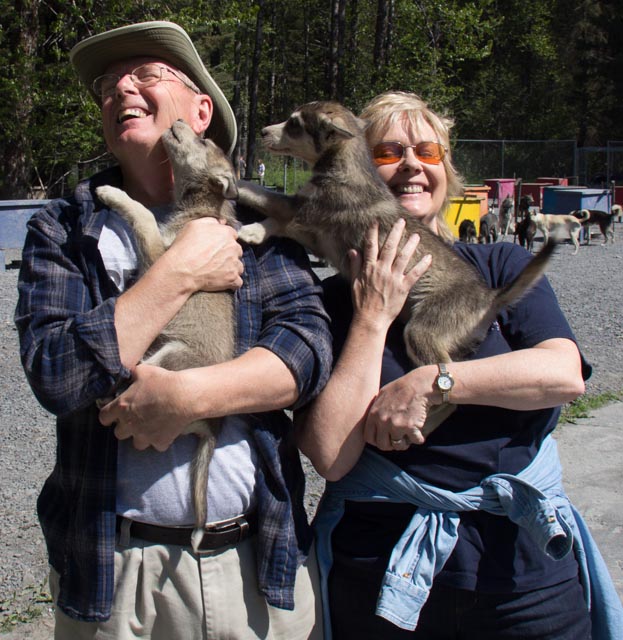
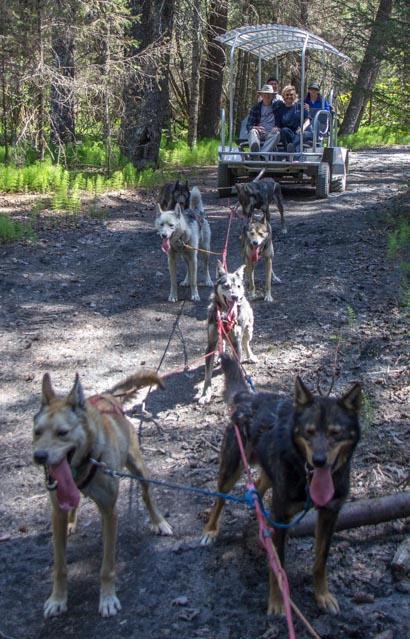

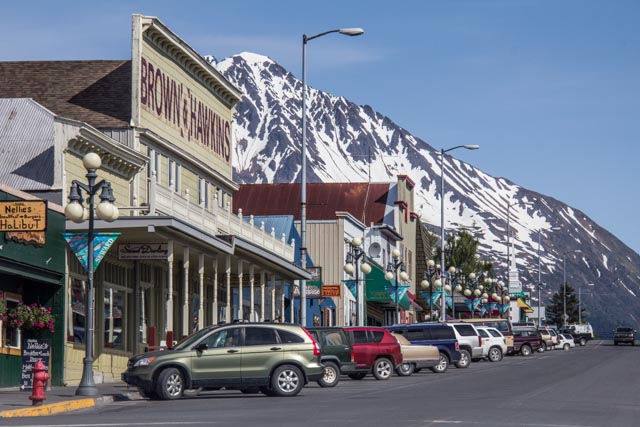
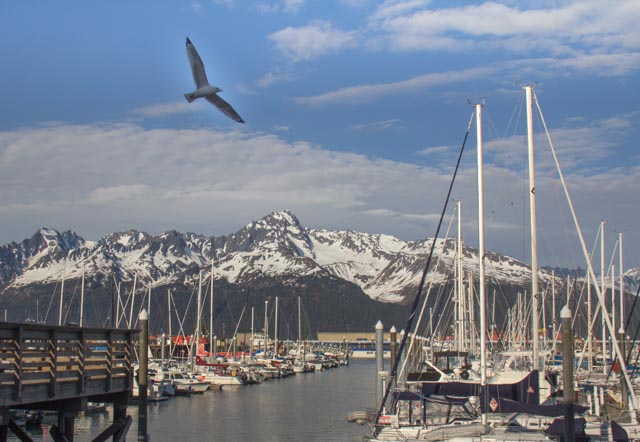
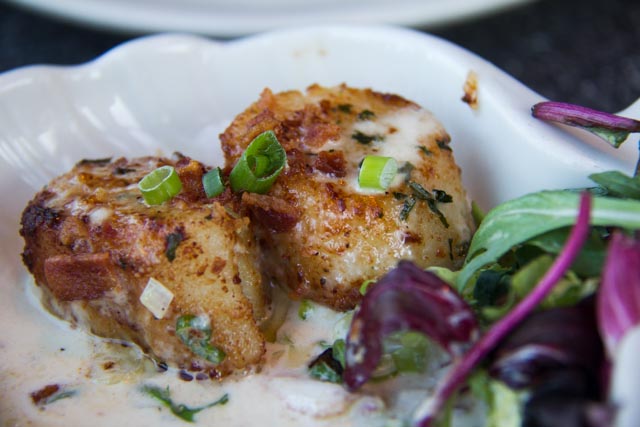
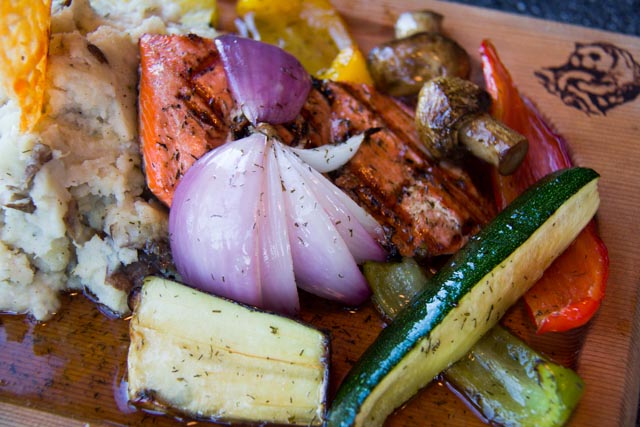
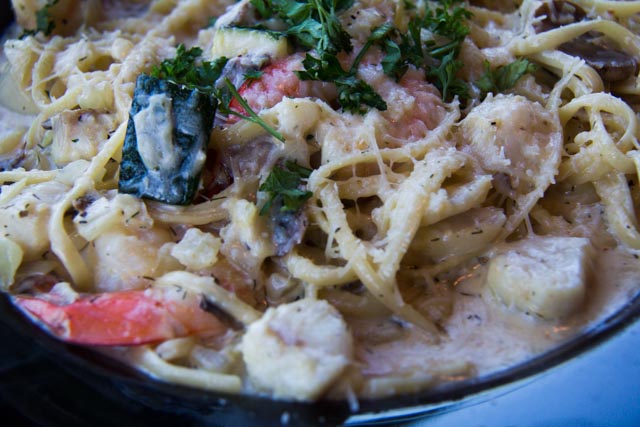
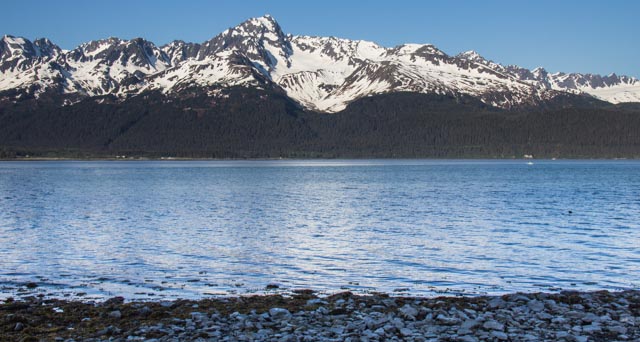
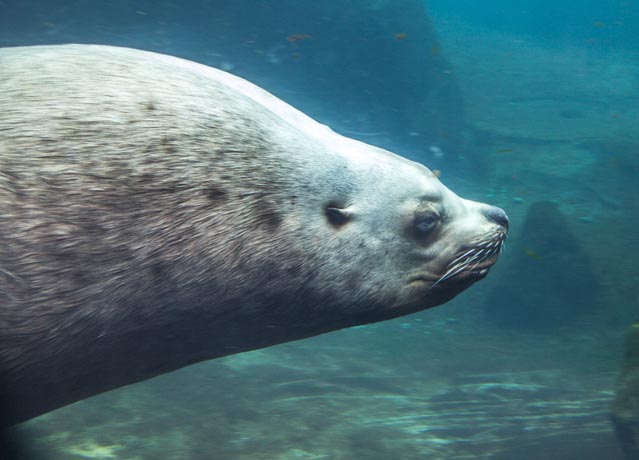
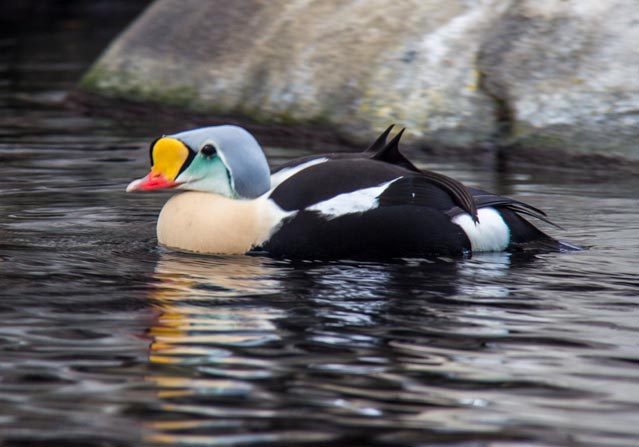
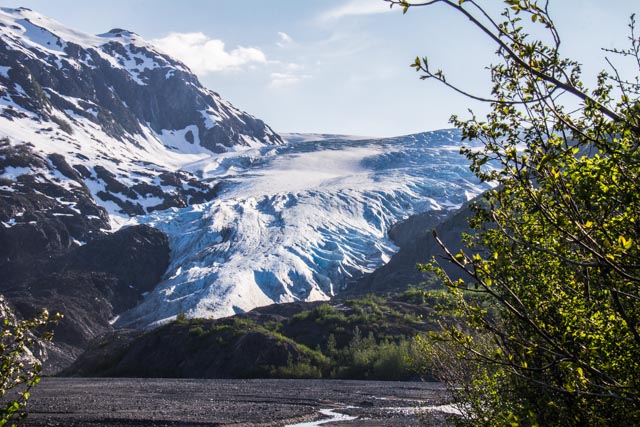
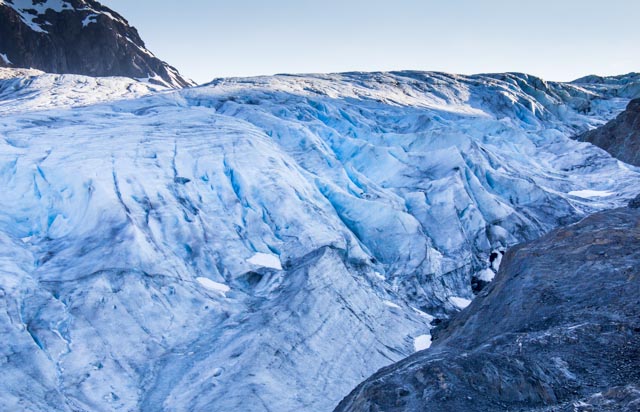
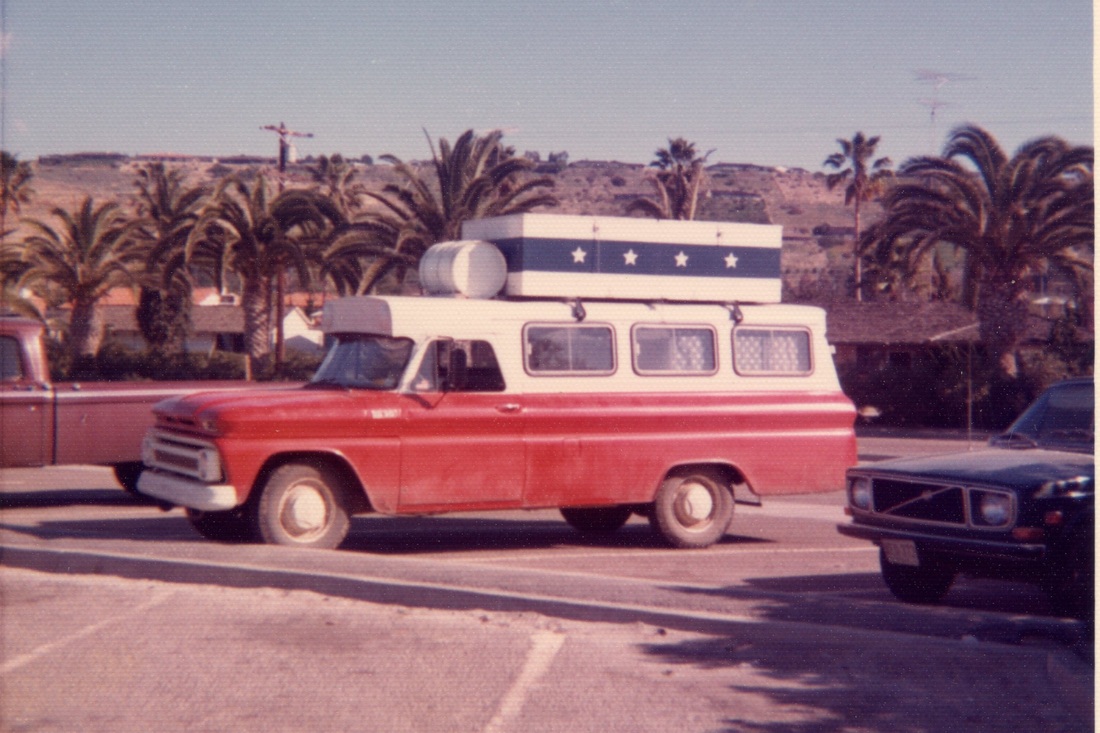
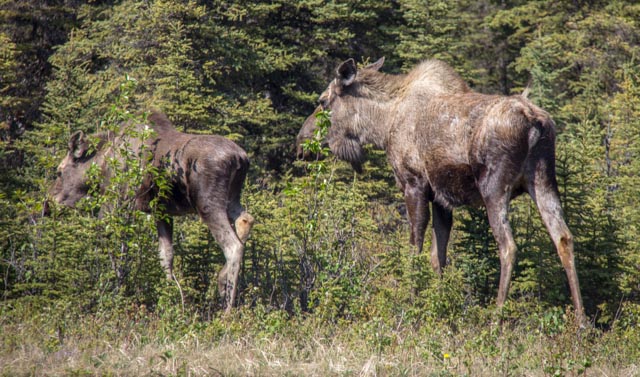
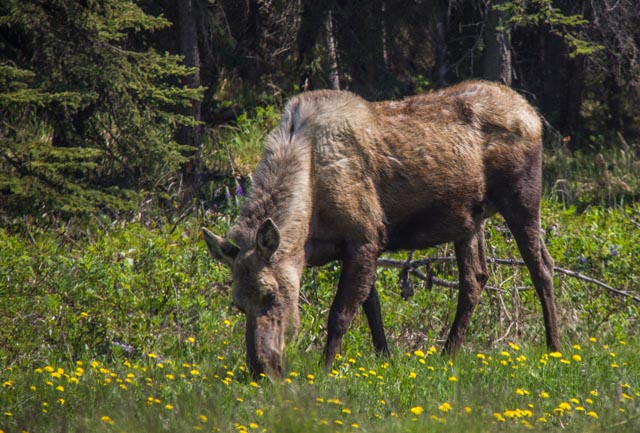
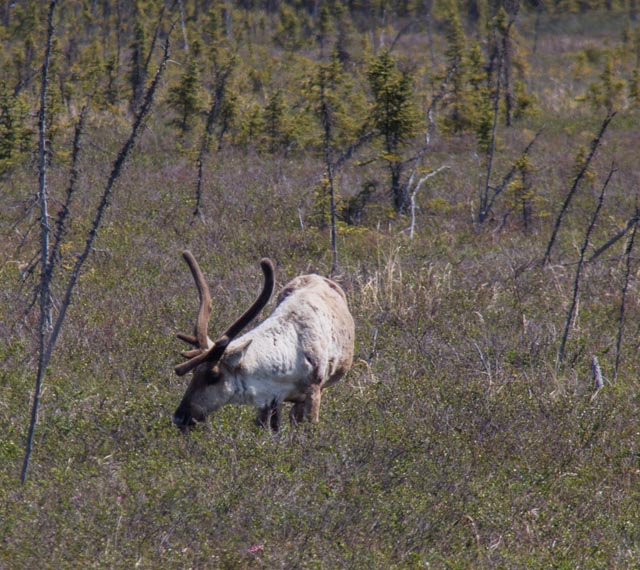

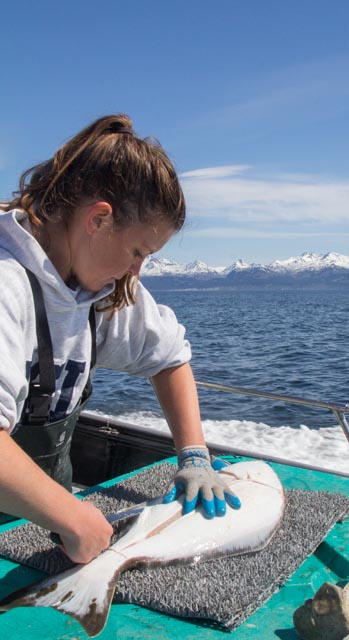
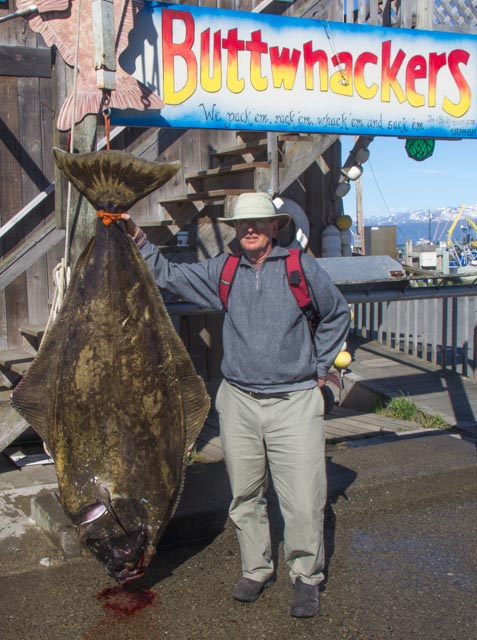
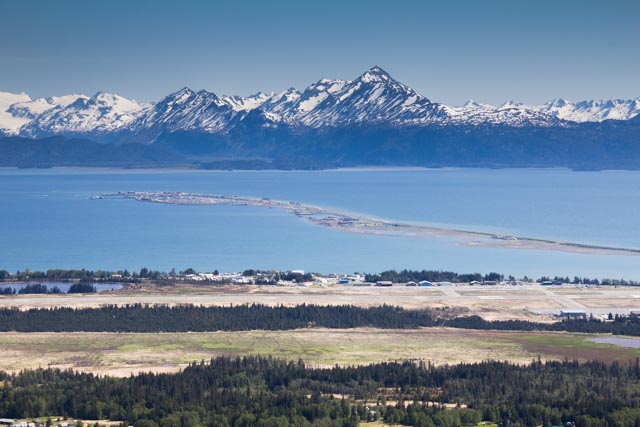
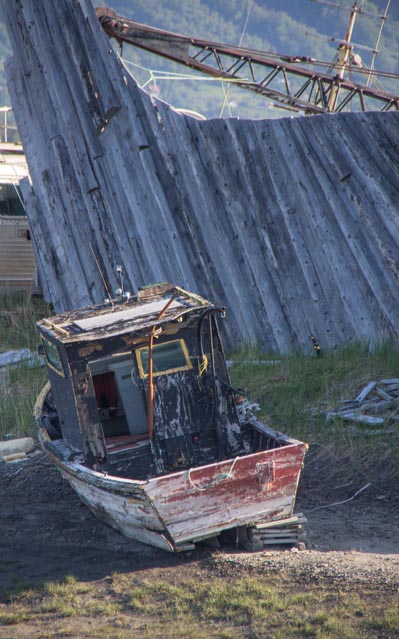
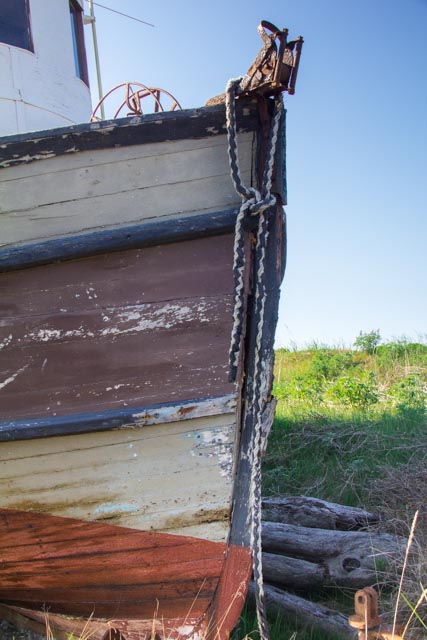
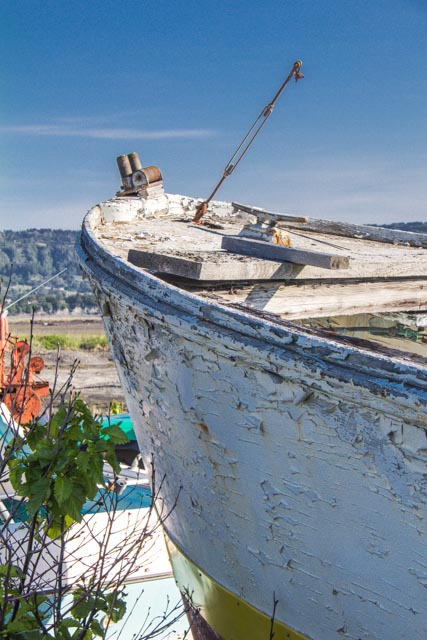
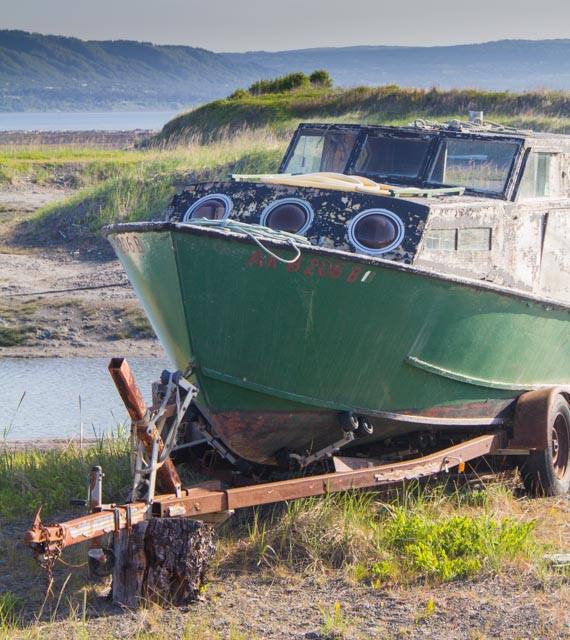
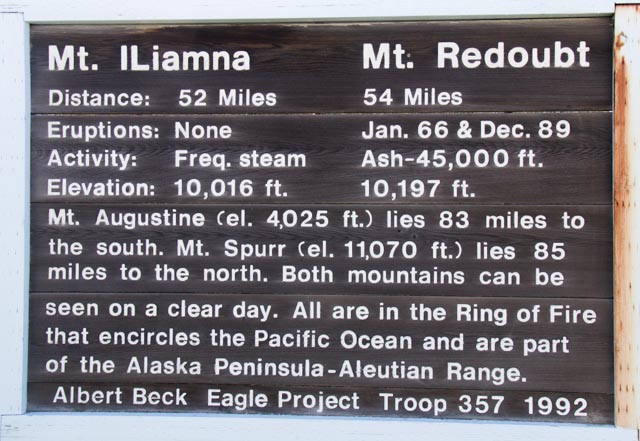
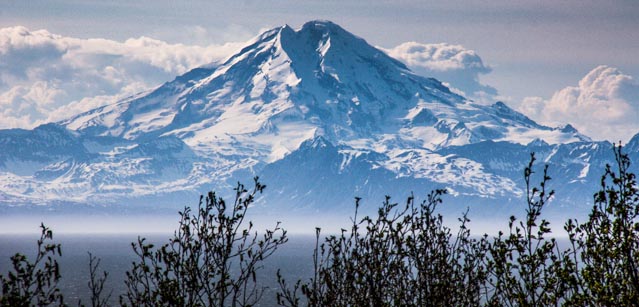
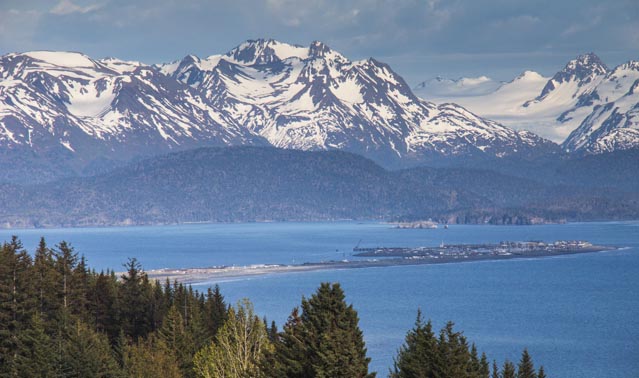
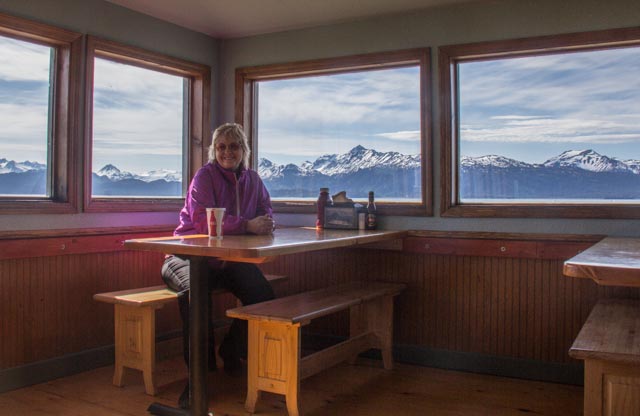
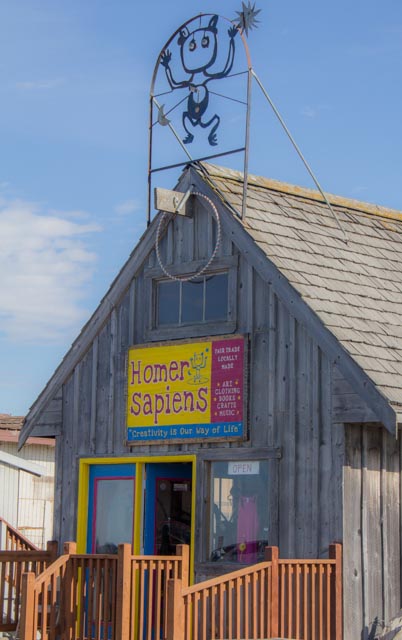
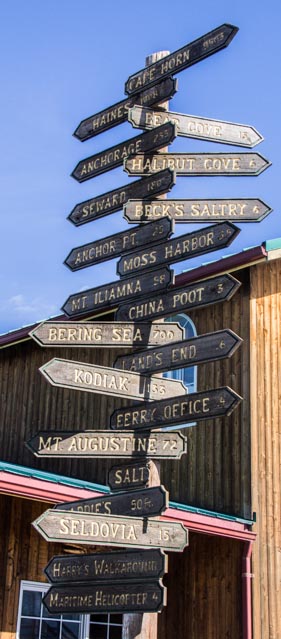
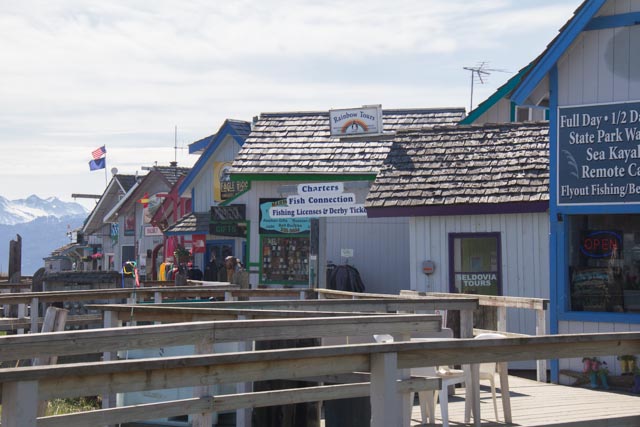
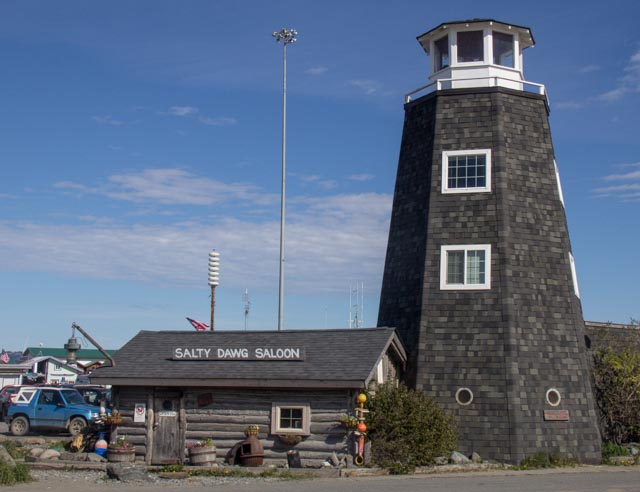
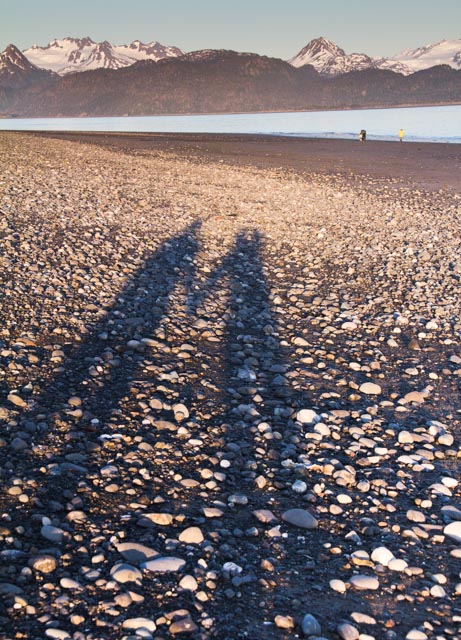

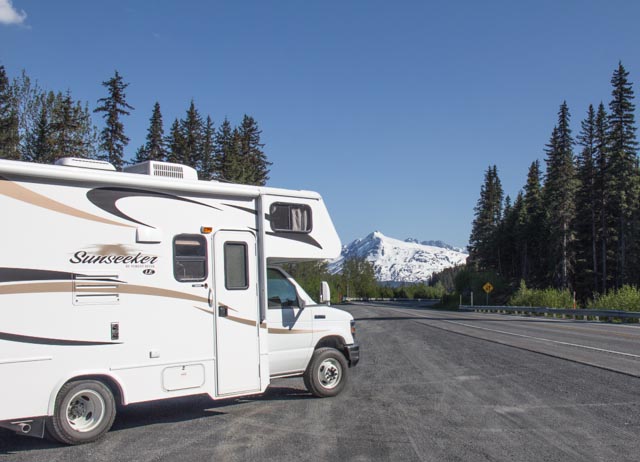
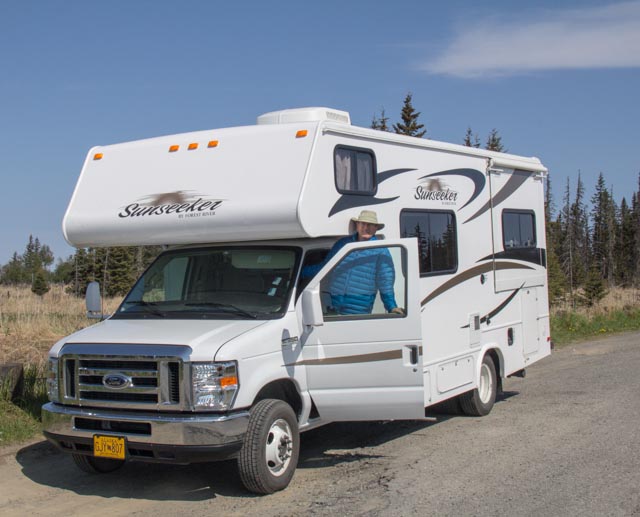
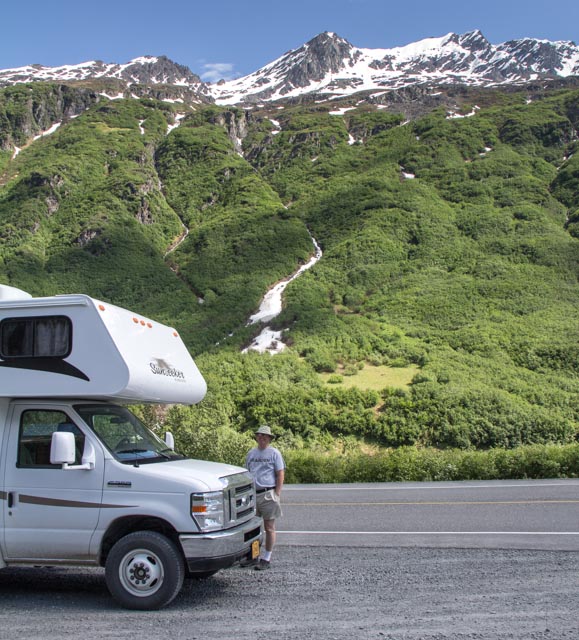
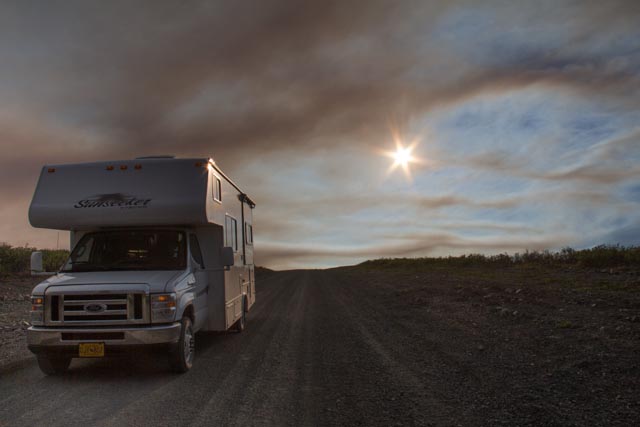
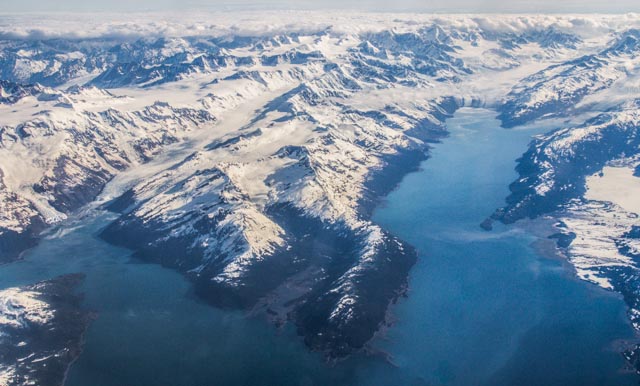
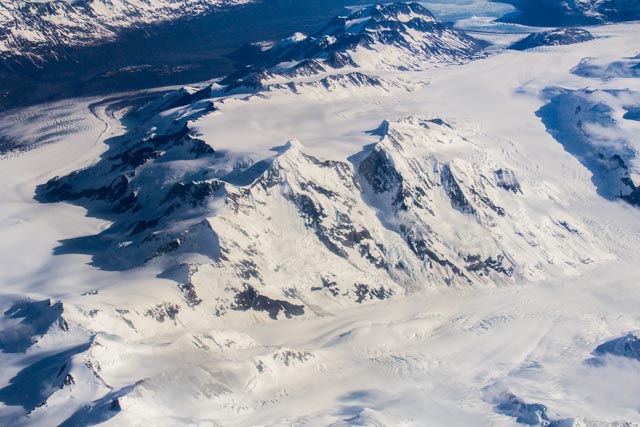
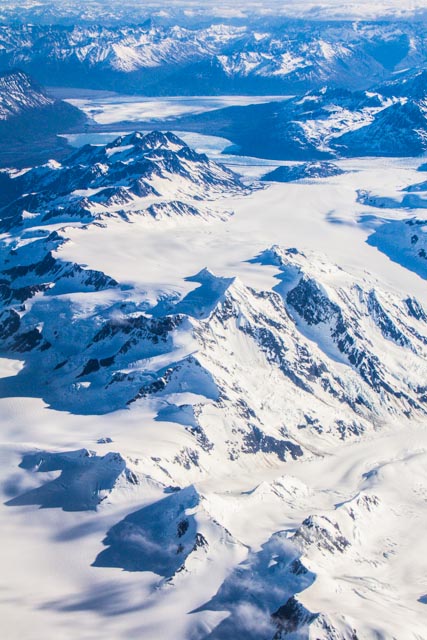
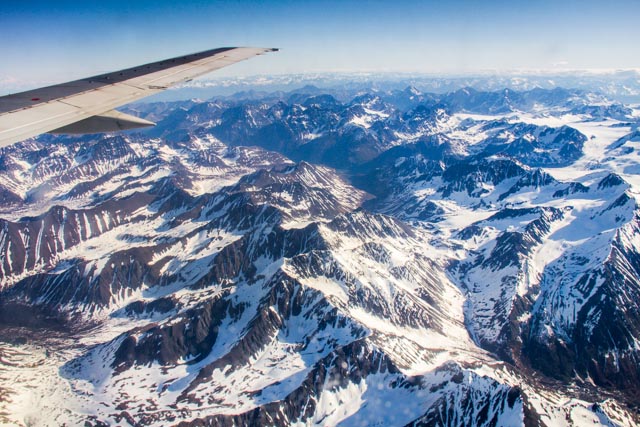
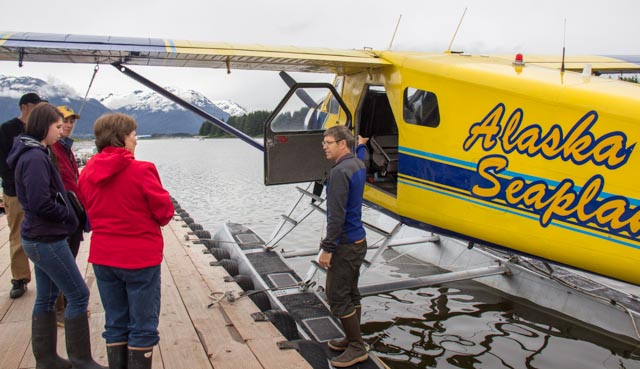
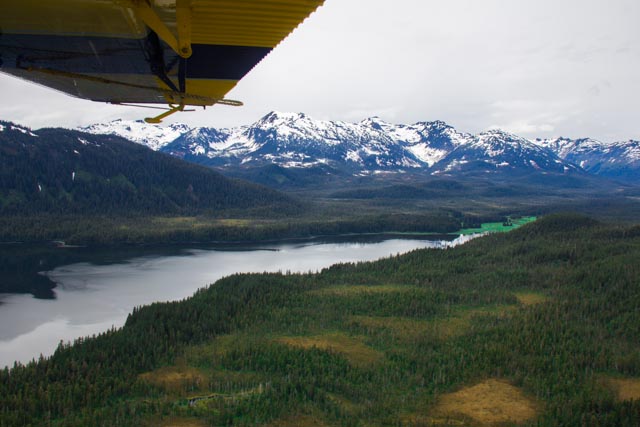
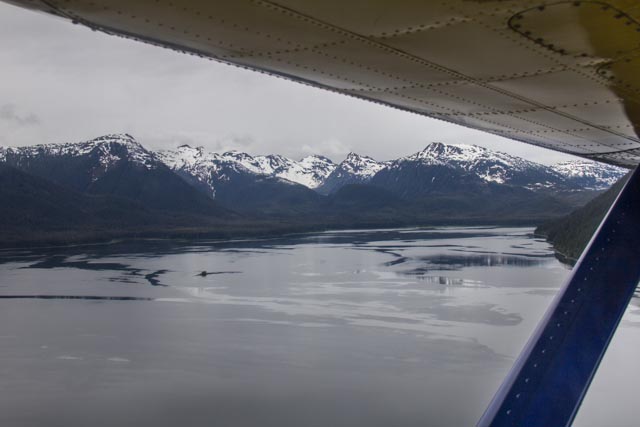
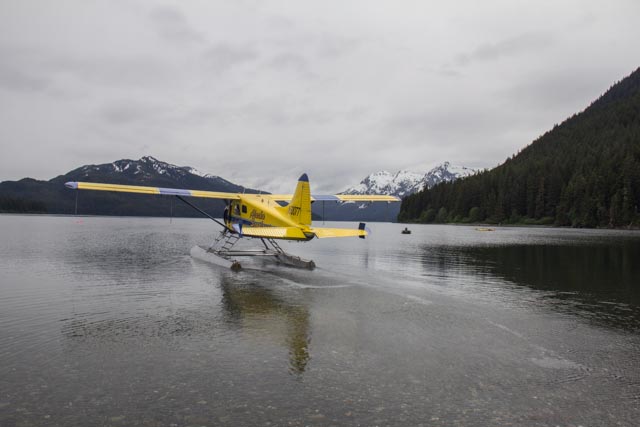
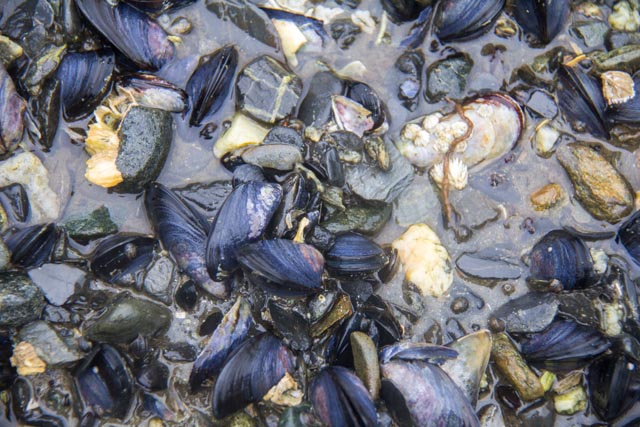
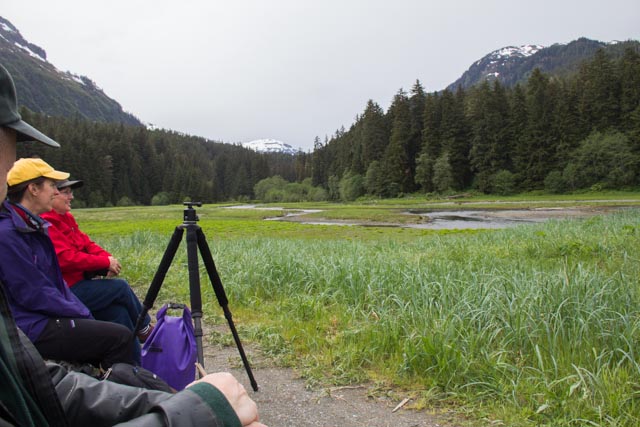
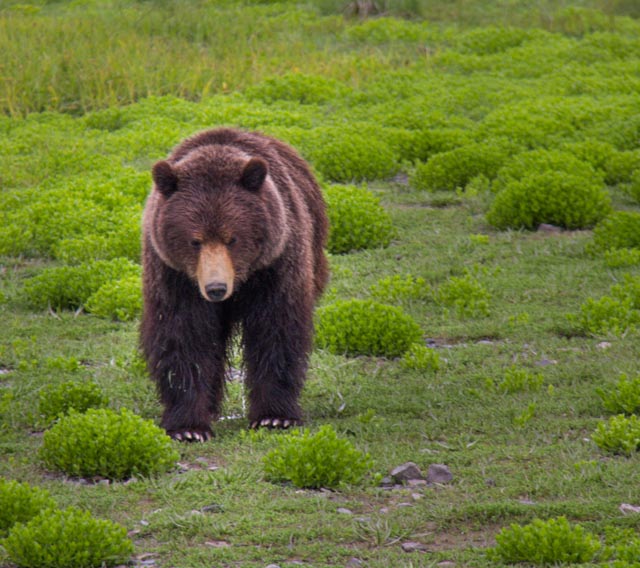
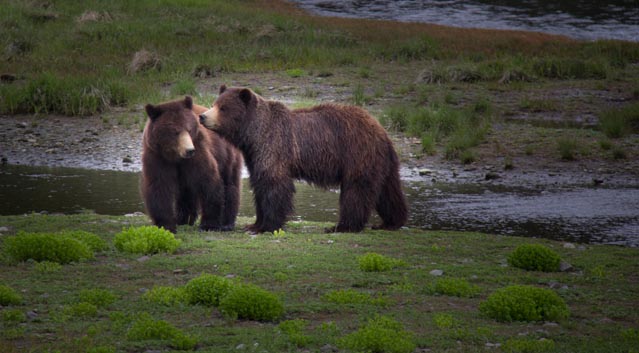
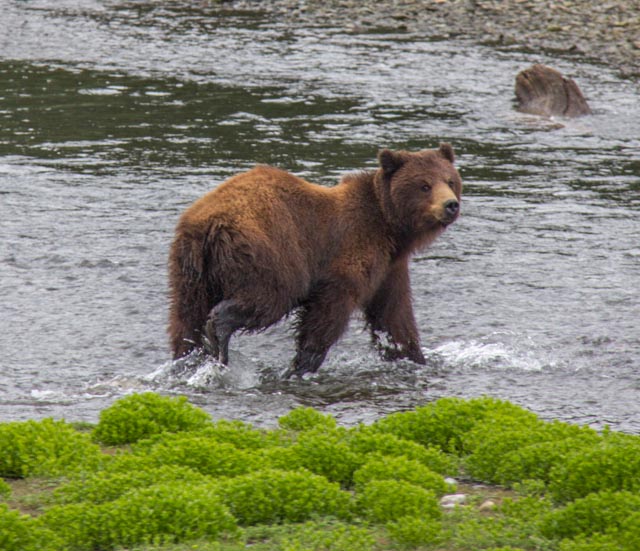
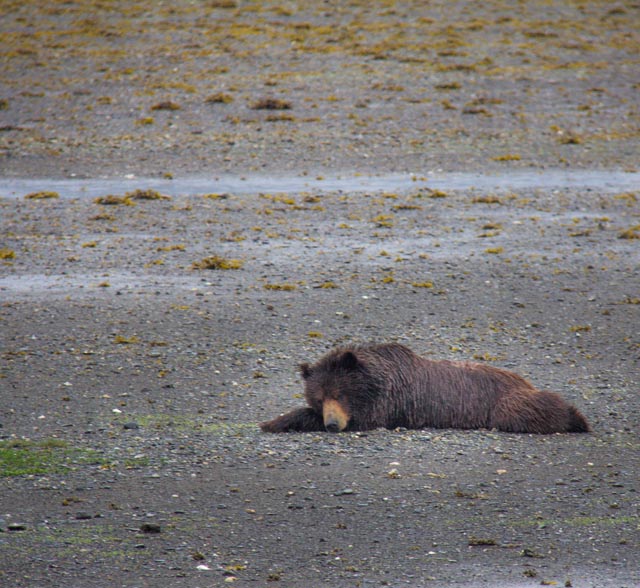
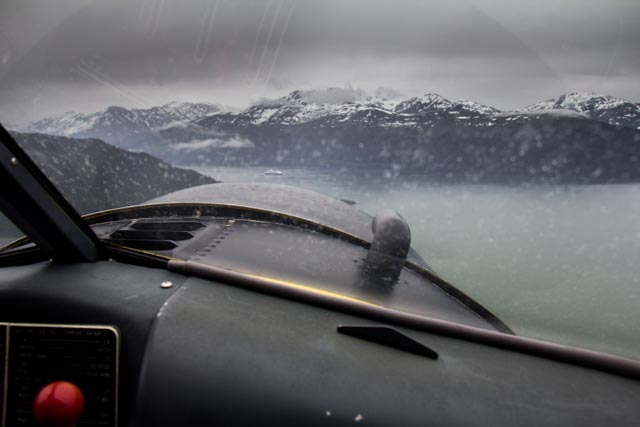
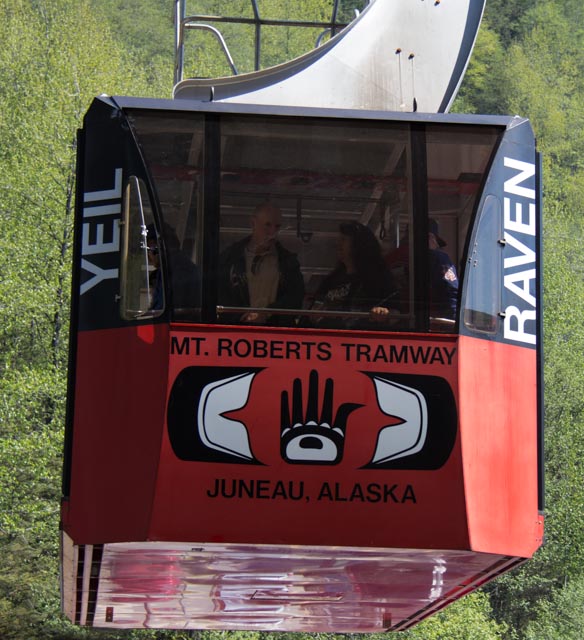
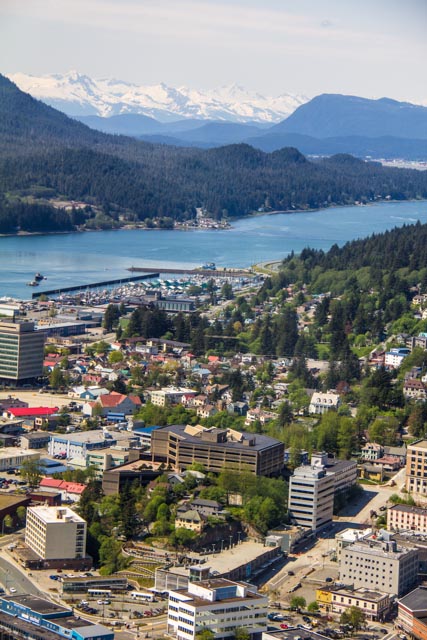
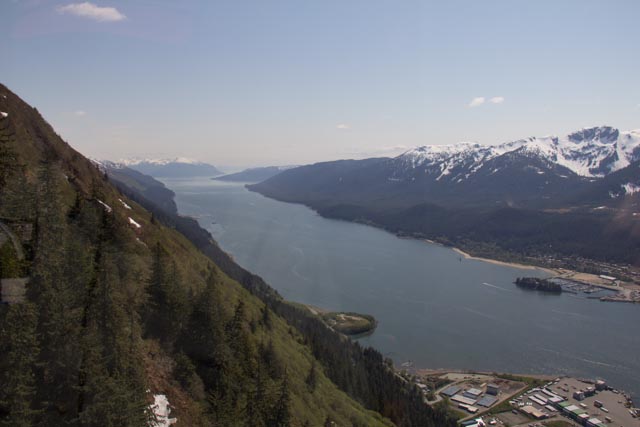
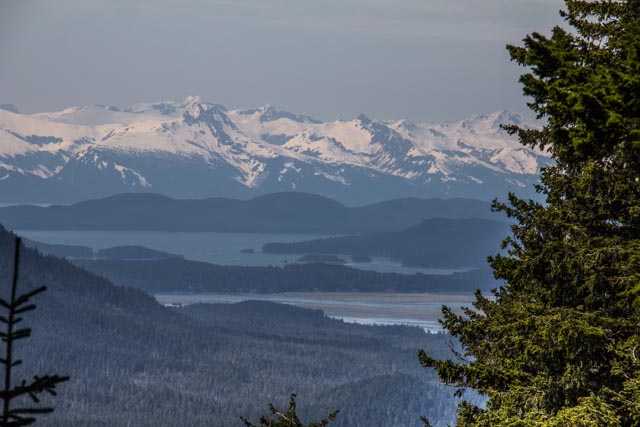
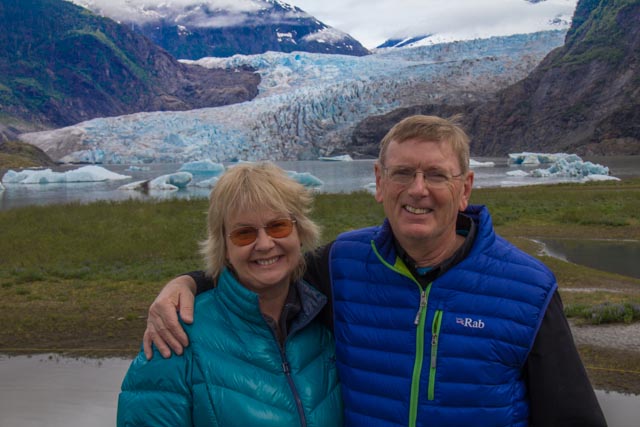
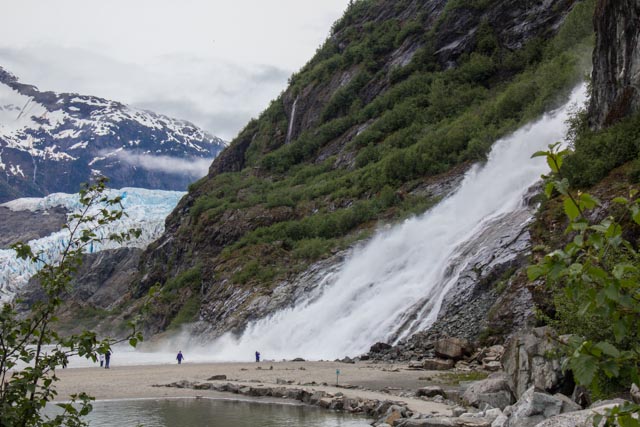
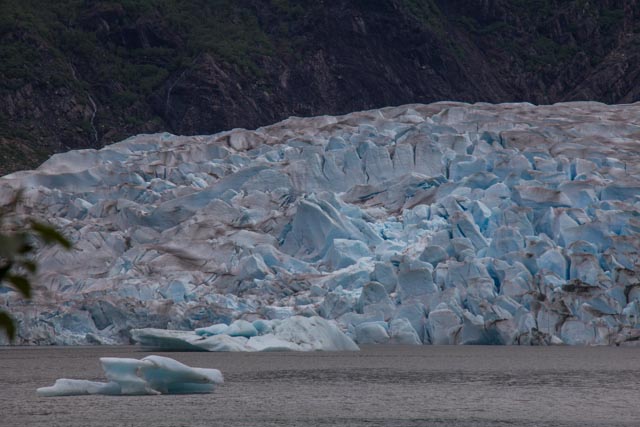
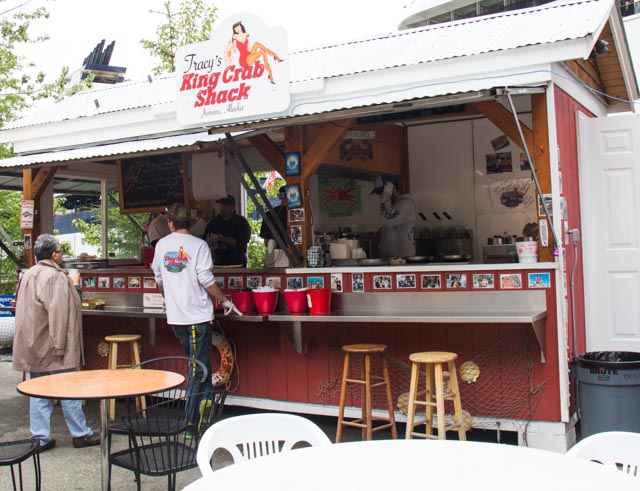
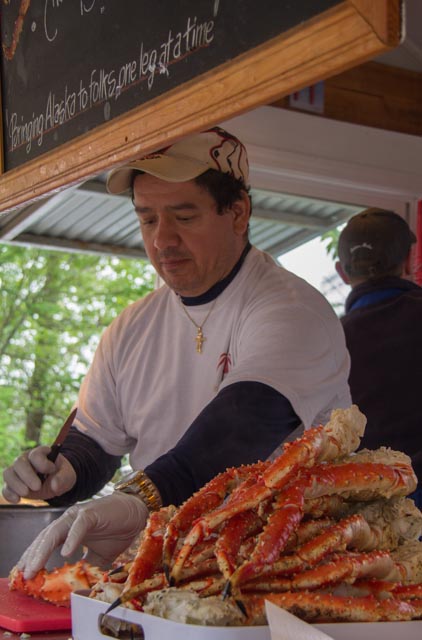
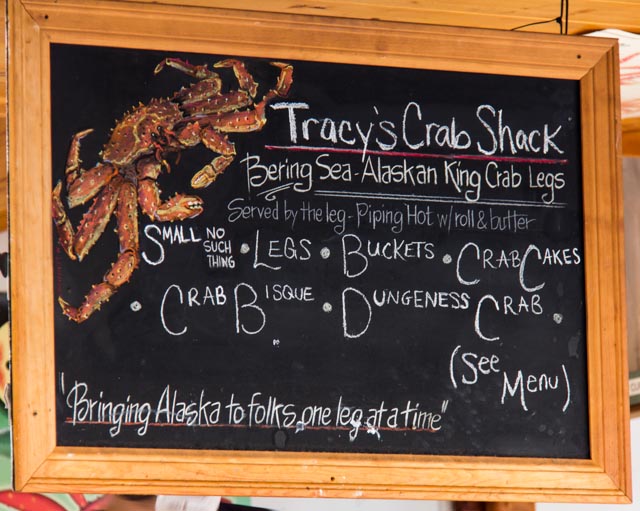

 RSS Feed
RSS Feed